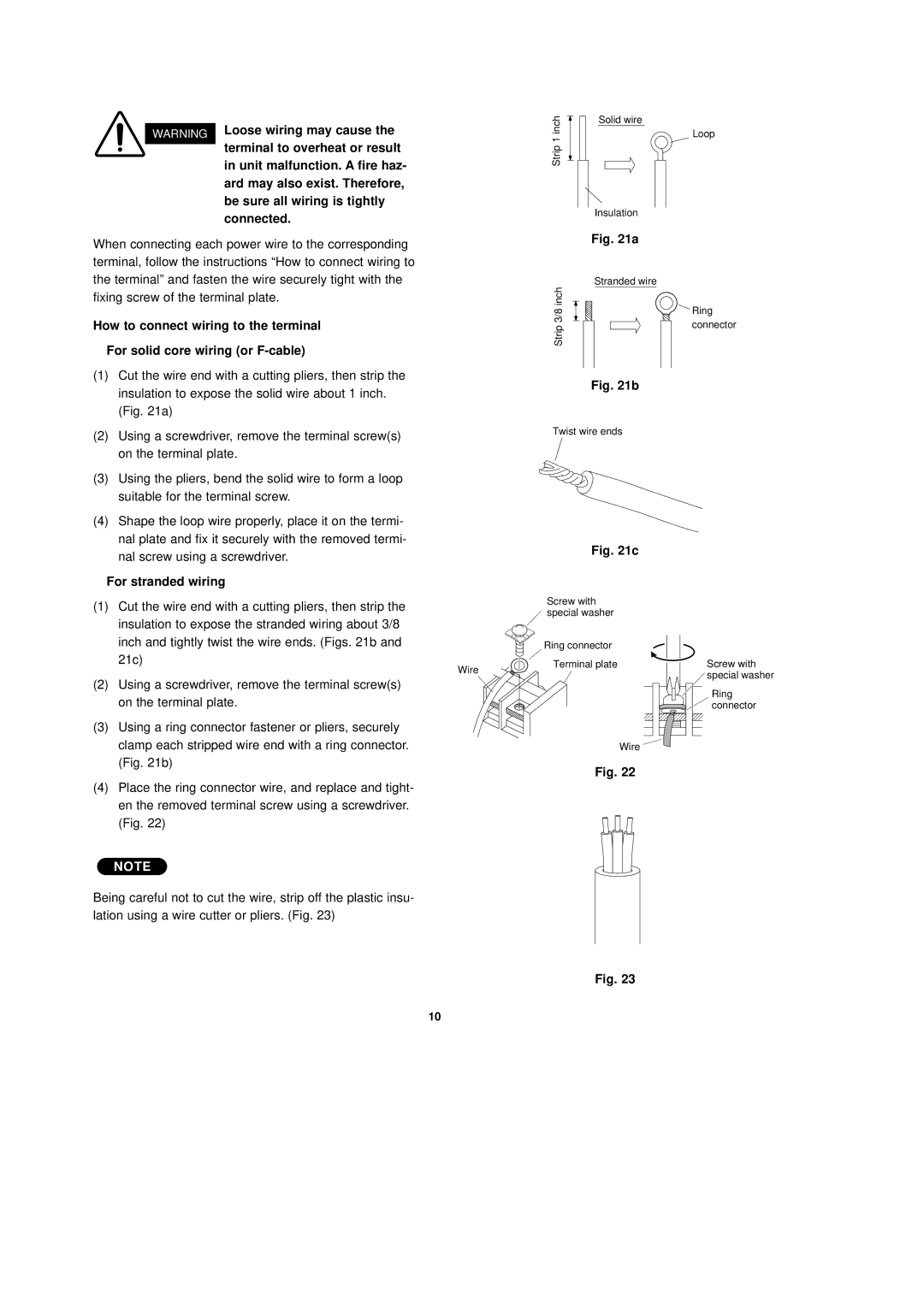CL2432, C2432 specifications
The Sanyo C2432 and CL2432 are cutting-edge lithium coin cell batteries renowned for their reliability and versatility in a range of electronic applications. These batteries are designed to provide efficient power solutions for devices requiring compact energy sources, making them ideal for medical devices, watches, calculators, and various portable electronics.One of the main features of the Sanyo C2432 and CL2432 is their high energy density. This capability ensures that these batteries can deliver a significant amount of energy in a small size, extending the operational time of devices without frequent replacements. Typically, the nominal voltage of these batteries is 3 volts, providing a steady output throughout their lifecycle, which is essential for devices that rely on consistent power levels.
The technologies incorporated in the C2432 and CL2432 models include lithium manganese dioxide chemistry, which enhances their performance and ensures a longer shelf life. These batteries are also designed to perform well under a wide temperature range, ensuring functionality in varying environmental conditions, be it cold or heat. This reliability makes them a preferred choice in critical applications where failure is not an option.
Another key characteristic is their low self-discharge rate, which allows the batteries to maintain stored energy for extended periods. This is particularly advantageous for devices that are used infrequently or that require energy-efficient power sources to maximize their lifespan. With an operational lifespan that can exceed 10 years in certain applications, they perfectly match the needs of devices like memory backup systems and remote controls.
In terms of physical design, both the C2432 and CL2432 feature a standardized coin cell form, which makes them compatible with most devices designed for this battery size. They are also environmentally friendly and can be recycled, aligning with modern sustainability practices.
Overall, the Sanyo C2432 and CL2432 batteries stand out in the market due to their high energy density, advanced lithium technology, long service life, and low self-discharge rates. These features make them an essential component for a variety of electronic devices, solidifying their reputation as a trusted power solution in both consumer and industrial applications.

